 |
| Diana Pavilion at Allerton Garden on Kauai. Photo credit: Adapted from photo by Ron Cogswell. |
Robert Allerton (1873-1964), descendent of one of the wealthiest
Mayflower passengers, aspired to be an artist. He spent two years studying in Europe, financed by his agricultural magnate slash bank founder father Sam Allerton (1828-1914), but burned all his paintings before moving home. Land was to be his canvas, and sculpture his medium.
Not long after returning from Europe, at the turn of the last century, Robert cleared land near Monticello in Illinois inherited from his father (Sam Allerton owned more than seventy farms in Illinois) to construct a home, employing architect friend John J. Borie, III to develop plans. The mansion, featured in a 1904 issue of
House Beautiful magazine, was apparently unprecedented, even in the wealthy Montecito community. If you look at modern satellite imagery, the estate looks to cover an area about the size of nearby Montecito itself. He entertained a myriad of guests there, including his father occasionally, who would adorn a bust of Caesar at the bottom of a stairway in the mansion with his toupé as a joke.
 |
| Allerton mansion in Illinois. Photo credit: Adapted from photo by Michael Morrow. |
Although the mansion is listed on the National Register of Historic Places and the American Institute of Architects included the property on a list of
"150 Great Places in Illinois" in 2007, Robert seemed to care most about the gardens, hoping they would be made available to the public. Today, one can tour what Robert called "The Farms" (now known as the Allerton Park and Retreat Center), or even
stay overnight.
The National Park Service designated The Farms' grounds a
"National Natural Landmark" in 1970. The "Formal Garden Area", consisting of a series of gardens along a quarter mile walk, was developed around the same time as the mansion was constructed and constitutes just one component of The Farms. Robert later completed other projects on his property, including The Sunken Garden (ca. 1917), The House in the Woods (ca. 1917), The Death of the Last Centaur (ca. 1929), The Sun Singer (ca. 1931), and The Lost Garden (ca. late 1930s).
 |
| Estate entrance. Photo credit: CECrane. |
 |
| Friend and architect David Adler transformed Robert's landfill into The Sunken Garden. Photo credit: Adapted from photo by Ron Frazier. |
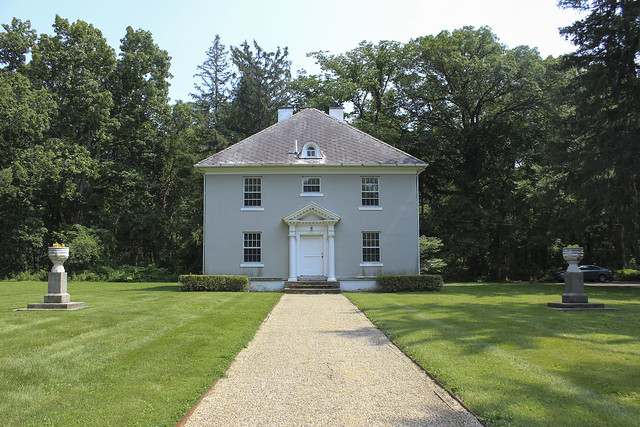 |
| The House in the Woods, designed by Joseph Corson Llewellyn and built in 1917, housed the estate's head gardener and his family. The front door is the mansion's original front door, repurposed here after the mansion was remodelled in 1916. Robert had the Shepherd and Shepherdess sculptures relocated from the Square Parterre Garden to frame the view of the home. Photo credit: CECrane. |
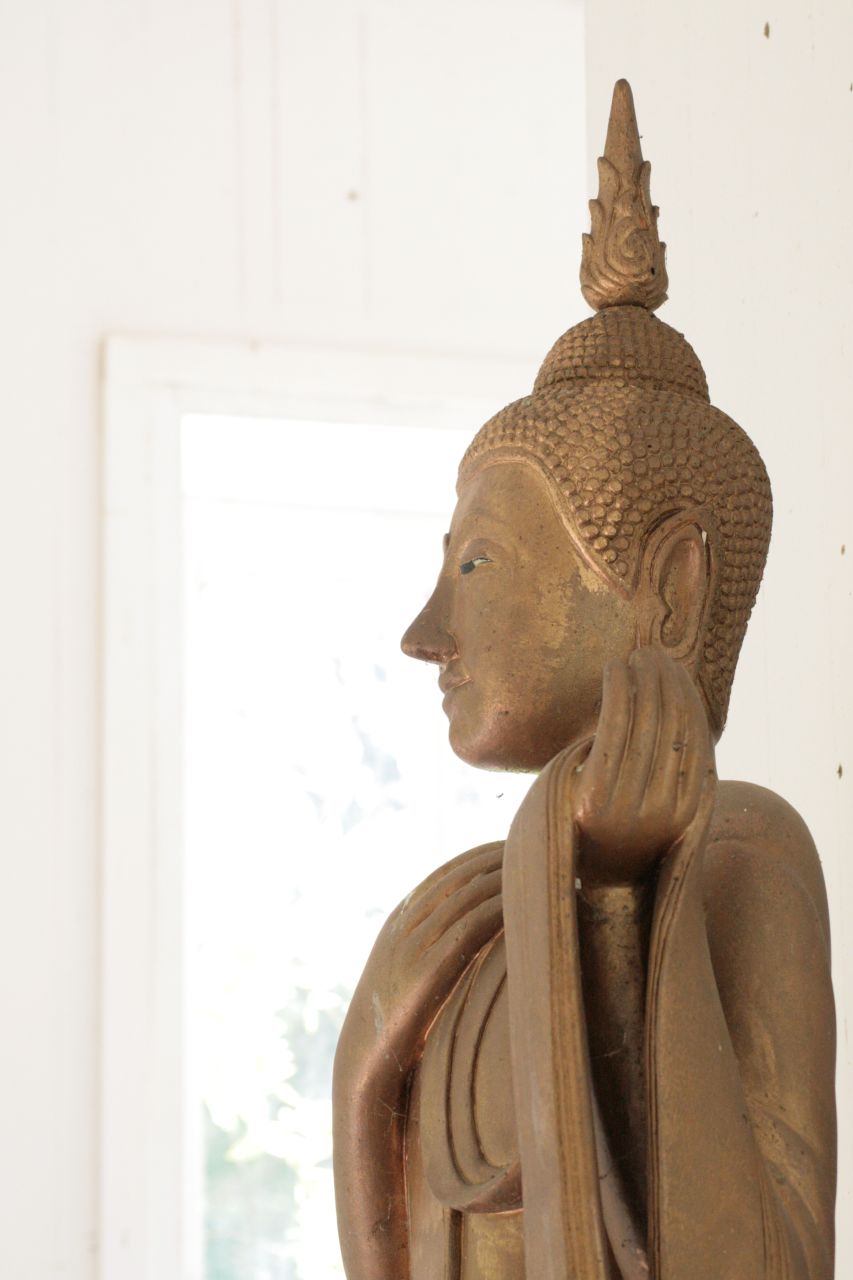 |
| Sculpture in the House of the Golden Buddhas. Photo credit: Crystal. |
 |
| Entrance to the Avenue of the Chinese Musicians. Photo credit: Adapted from photo by CECrane. |
 |
| The Chinese Maze Garden layout is said to have been inspired by a pattern on Robert's silk pajamas and originally featured apple and pear trees espaliered along the concrete walls. Photo credit: Adapted from a photo by Ron Frazier. |
 |
| The Sun Singer sculpture creator Carl Milles thought the siting of his work was "magnificent". See a photo of the statue undergoing restoration here. Photo credit: Adapted from a photo by Philip Brewer. |
According to Burgin and Holtz (2009), Robert felt that a painting that hung on a wall in the same spot for too long soon went unnoticed, and likewise preferred to periodically rearrange his garden sculptures (except for the largest ones, which for logistical reasons apparently stayed put).
Robert travelled widely through Europe, Asia, and the Pacific, collecting pieces wherever he went. He narrowly missed boarding the Titanic on one trip home, and lost friends to that tragedy. Returning home on another trip with his adopted son John Wyatt Gregg, they made an impromptu stop in Hawaii, and ended up spending a night on the island of Kauai at the suggestion of prominent Honolulu citizen and Robert's childhood friend
Louise Dillingham because the
Halekulani Hotel was full. Louise arranged for them to visit the McBryde property in Lawai while they were there.
 |
| Allerton Garden from above.
The military installed barbed wire along the beach during World War II.
The Allertons spent years afterwards removing bits of metal from the
sand. Photo credit: Adapted from photo by Pat McGrath. |
The McBryde property originally belonged to
Queen Emma (1836-1885), who planted bougainvillea near her home (I've heard bouganvillea can still be seen on the property). The McBrydes purchased the property when she died. Using much of the property for farming sugar cane, taro, and rice, McBryde relocated Queen Emma's home from its cliff-top vantage point overlooking the valley down into the valley to accommodate expansion of sugar cane production.
When Robert and John visited the property, it happened to be on the market for sale. They immediately seem to have fallen in love with it, and eventually made this place they called Lawai-Kai (
kai in Hawaiian means "sea") their permanent residence. They quickly built a new house to replace the McBryde home. To mark their first New Year's Day there in 1939, they planted a breadfruit tree. They imported many statues from The Farms and exotic plants from their travels throughout the tropics. An expert stone worker named Mr. Yamamoto built several walls on the property.
 |
| Allerton home on Kauai. Photo credit: Adapted from photo by Cheryl Marland. |
 |
| Photo credit: Adapted from photo by chuck b. |
Over the course of decades, Robert and John worked around nature to create a garden unlike any other in Hawaii. Confining tropical plants to rigid lines in the European style was impossible, and so they learned to adapt their formal style to the growing habits of plants in this Polynesian island setting.
Just as at The Farms, John and Robert entertained many guests at Lawai-Kai, including
Georgia O'Keeffe in 1939, who came to Hawaii to paint tropical fruit and flowers for the Dole Pineapple Corporation, and Richard Nixon forty years later in 1979.
The Lawai gardens were featured in both print and film. In the 1950s,
Harper's Bazaar (written and illustrated by Cecil Beaton) and
Life magazine (3/17/58) both ran articles, and
South Pacific (1958) was filmed on the property.
Jurassic Park and
Lt. Robinson Crusoe (1966) are among several other movies filmed there.
 |
| John
attempted to replicate the Italian Villa Farnese at Caprarola waterway
in this area fronting the Lawai stream. Contractor Hironaka and employee
Wataro made the shell from a mold, and the mermaids are replicas of
sculptures by Libero Andreotti that Robert and John found at the 1939
World's Fair in New York. Photo credit: Adapted from photo by julie corsi. |
Robert was instrumental in the founding of Pacific Tropical Botanical Gardens in 1964, and donated a million dollars to support the project and purchase the adjoining property (known today as McBryde Garden). Guided and self-guided tours of the Allerton and McBryde gardens, now under the auspices of the National Tropical Botanical Garden (NTBG), are available to the public. Robert and John supported the NTBG, Art Institute of Chicago, and Honolulu Academy of Art (now Honolulu Museum of Art) throughout their lives.
-
Sources and more information:
The Robert Allerton Story by Kathryn Hulme (1979)
Robert Allerton: The Private Man & The Public Gifts by Martha Burgin and Maureen Holtz (2009)
Allerton Park & Retreat Center
http://allerton.illinois.edu/
National Tropical Botanical Garden
http://ntbg.org/gardens/allerton.php
Wikipedia article - The Farms
https://en.wikipedia.org/wiki/Robert_Allerton_Park
Wikipedia article - Allerton Garden
https://en.wikipedia.org/wiki/Allerton_Garden
Note: I just happened to pick up the two books listed above, but there are several others out there that are probably just as interesting.







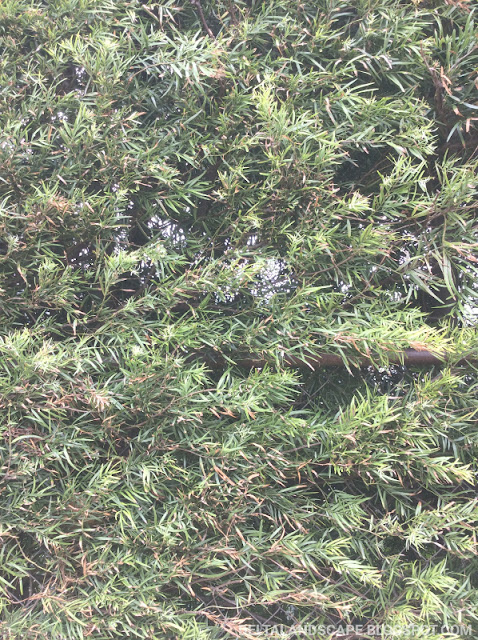


































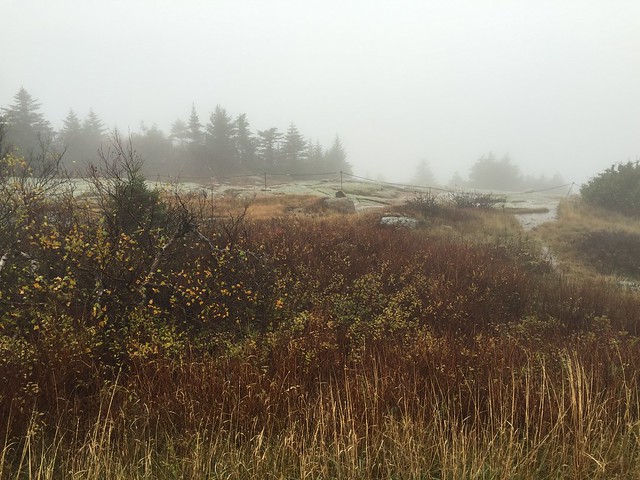

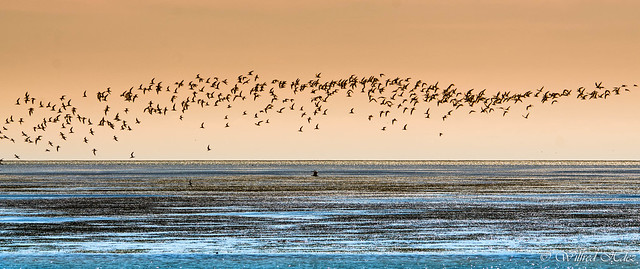







.jpg)
